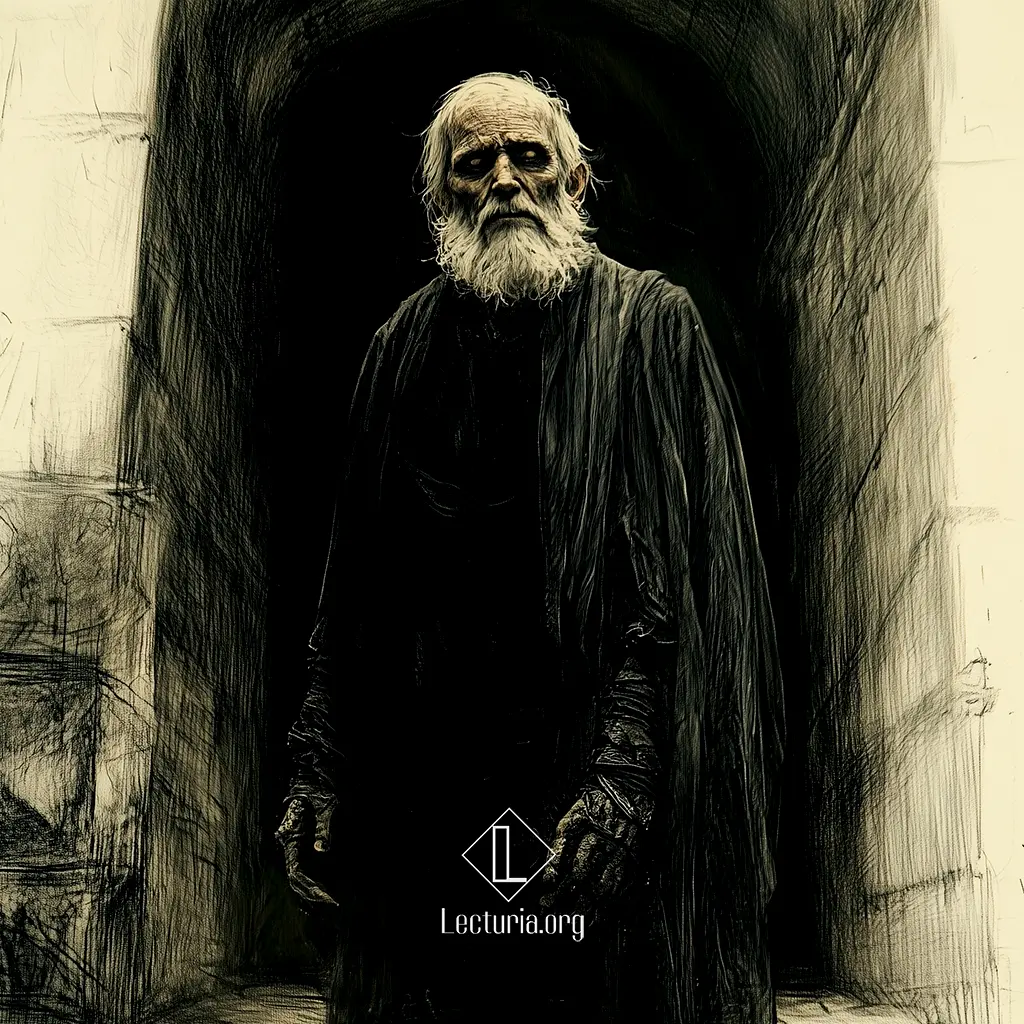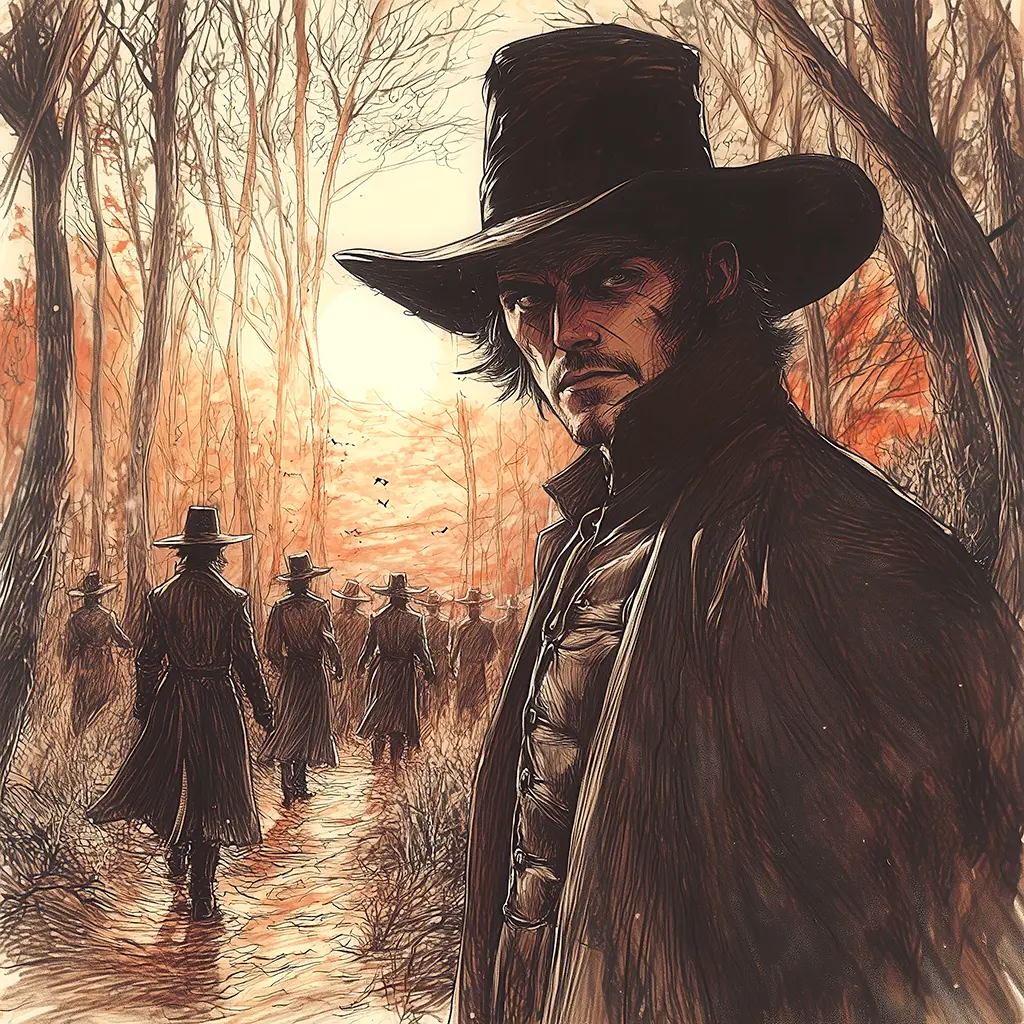H. P. Lovecraft: The Alchemist. Summary and analysis
Antoine, the last descendant of the Counts of C—, lives secluded in a ruined castle, marked by an ancient curse: all the males in his family die at the age of 32. Orphaned at birth and raised by a single servant, Pierre, Antoine discovers on his 21st birthday a family manuscript that reveals the origin of the curse: in the 13th century, his ancestor Henri unjustly killed the alchemist Michel Mauvais, believing him to be responsible for the disappearance of his son. Then, Charles Le Sorcier, son of the alchemist, cast a curse: no male in the family would live beyond the age of 32. As he approaches that age, Antoine explores abandoned areas of the castle and finds a secret passage that leads him to an underground chamber where he confronts a ghostly-looking man who turns out to be Charles Le Sorcier, who is still alive thanks to an elixir of immortality. Charles confesses that he has personally murdered each heir for centuries in revenge. Antoine manages to defend himself by throwing his torch, which he uses to set the alchemist on fire. With his death, the chain of murders is finally broken and Antoine survives the fate that condemned his lineage for six hundred years.





